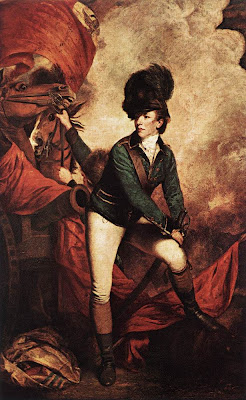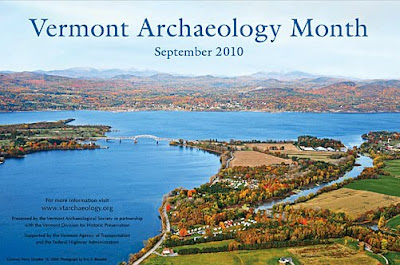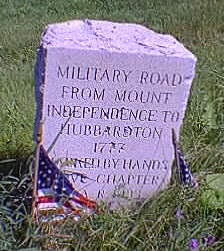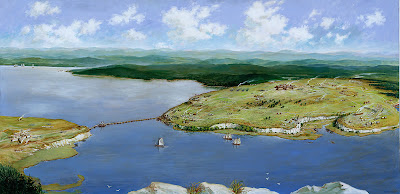Less well known than his cousin Ethan Allen, Seth Warner was nevertheless one of the leaders of the Green Mountain Boys, and the Revolutionary War hero still boasts hotels, hiking shelters, and fire companies named after him. On Saturday, October 16, at 1:00 p.m. the Mount Independence State Historic Site in Orwell hosts the program, “Sidelined by History: Seth Warner, Green Mountain Boy.”
“Clifford Mullen, a long time Revolutionary War re-enactor and retired U.S. Army non-commissioned officer, will tell the story of Seth Warner and his exciting military career during the American Revolution,” said Elsa Gilbertson, Regional Site Administrator for the Vermont Division for Historic Preservation.
The event is co-sponsored by the Mount Independence Coalition. This is the annual Robert Maguire Program, named in honor of Robert Maguire for his important efforts in preserving Mount Independence. Doors open to the public at 12:30 p.m. Admission is free- donations are appreciated.
Mullen will share finds from his recent original archival research on Warner, his men, and their Revolutionary War service, Gilbertson said.
Col. Seth Warner was one of the three American officers in charge during the Battle of Hubbardton, and played key roles at various points during the war.
In the summer of 1777, British General John Burgoyne and his British army were trying to cut off New England from the rest of the colonies, and forced the Americans to abandon Mount Independence and nearby Fort Ticonderoga.
On July 5, 1777, faced with a British force more than twice his size that had occupied a position from which they could bombard him with impunity, American General Arthur St. Clair withdrew from the fortifications without firing a shot and moved the army toward Castleton.
The British army pursued the American forces and in the resulting Battle of Hubbardton on July 7, 1777, soldiers from Vermont, Massachusetts, and New Hampshire fought a savage rear guard action, with Warner commanding part of the American force.
While the battle ended with an American retreat, the British were too battered to continue their pursuit and the rest of the colonial army escaped, paving the way for the victory later that summer at the Battle of Bennington, where Warner and his men turned the tide of the fight.
A monument in his honor is a key feature at the Bennington Battle Monument State Historic Site in Bennington.
The Mount Independence State Historic Site is one of the best-preserved Revolutionary War sites in America. It is located near the end of Mount Independence Road, six miles west of the intersections of Vermont Routes 22A and 73. Regular hours are 9:30 a.m. to 5:00 p.m.
Please call (802) 948-2000 for more information or visit www.HistoricVermont.org/sites.
Photo: The Seth Warner statue at the Bennington Battle Monument. Courtesy Wikipedia.






